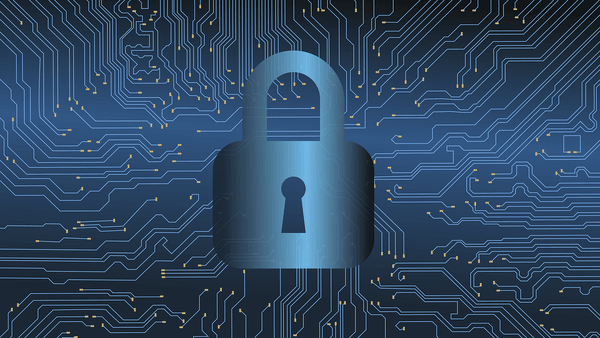
How Does Data Disaster Recovery Work?
June 24, 2020
Teaching New Generations the Importance of Data Center Security
June 29, 2020The use of modern information technologies is associated with problems in protecting systems, networks, and programs from digital attacks. The advent of blockchain technology has become an effective solution to protect data from unauthorized access and hacking.
It is predicted that blockchain will dramatically change the cybersecurity of any business, making it possible to store information without the risk of damage, theft, or data loss.
What Is Blockchain?

Credit: Imperva
This is a decentralized data registry containing information about all operations performed through peer-to-peer networks. Conducted transactions are recorded in time and are grouped in blocks with feedback. Blocks are cryptographically protected and organized in chains.
The transaction data is immutable and is considered reliable, protected. Blockchain technology allows all users to see any transaction ever committed by anyone on the network.
Key Elements of Blockchain Technology
- Network member. This is a person who has a wallet with tokens, a digital signature, and two keys: a public key and a private one.
- Transactions. Any participant can create a transaction and send it to the network. The transaction includes the recipient’s public key, cost information, and the sender’s digital signature.
- Authentication. After the transaction is sent, the peer-to-peer network nodes verify its authenticity by decrypting the digital signature. Scheduled transactions are organized into a pool of pending operations.
- Blocks Miners select pending transactions from the pool and create blocks using consensus mechanisms.
- Blockchains. As soon as most of the network checks the block through the consensus algorithm, miners “hook” it to the blockchain. Blocks are linked to each other by a hash, which is a unique fingerprint of the code in the previous block.
Three Principles of Blockchain Security

Credit: CSO
Peer -to-peer network allows its participants to interact with each other on equal terms. The result of a peer-to-peer connection is that there is no need for central coordination. A large number of nodes ensures the stability of the blockchain chain even when some nodes are inaccessible or infected with malware.
Distributed consensus requires agreement among most nodes for a single data value. This approach allows blockchain technology to validate a single, correct process without central control. Breaking the consensus mechanism is only possible if attackers can use 51 percent of the computing power of a peer-to-peer network.
Security encryption uses cryptography, a form of data protection in which the keys used to encrypt and decrypt data are different. Blockchain technology uses this approach to ensure the security of information as it moves across the network. Cryptography protects completed transactions from any changes, making them immutable.
Blockchain Benefits for Cybersecurity
- Decentralization. Thanks to the peer-to-peer network, there is no need for third-party verification, since any user can see network transactions.
- Tracking and control. All transactions in the blockchains are digitally signed as well as time-stamped. Therefore, participants can easily track the history of transactions and accounts at any time.
- Confidentiality. Participants are kept confidential through public-key cryptography to authenticate participants and encrypt their operations. Some blockchain projects are aimed at further improving this technology. For example, Guardtime startup is the developer of Keyless Signature Infrastructure (KSI) technology, which allows users to verify the validity of a digital signature without revealing keys.
- The right to oblivion. After registering on the blockchain, the information becomes unique. This guarantees data security, allows the system to protect itself from any illegal or duplicate transactions, and prevents the possibility of deletion of information.
- Sustainability. Blockchain technology does not have a single point of failure. This means that even in the case of DDoS attacks, the system will work in normal mode due to the many copies of digital data.
- Integrity. The distributed register protects data from unauthorized alteration or destruction. In addition, the technology ensures the authenticity and irreversibility of completed transactions.

Credit: Gemalto blog
- Flexibility. Using a peer-to-peer network ensures that the blockchain will work around the clock, even if some nodes are offline or under attack.
- Secure network access. Due to the fact that participants have constant access to the blockchain from several devices, there is a risk of losing control over private keys. To avoid the risks associated with losing keys or human errors, the publicly available REMME protocol provides each user, each device with an SSL certificate that eliminates the need for passwords. This approach makes unauthorized access to the network impossible.
Blockchain is a breakthrough in cybersecurity for the entire digital world. The new technology will ensure the highest level of confidentiality, accessibility, data security. However, the complexity of its implementation can cause difficulties with development and actual use.


1 Comment
[…] machine learning abilities, and improved integration with other developing technologies like blockchain and the Internet of […]